It is common for diamonds to have imperfections, but they do not include air bubbles. The intense heat and pressure during the formation of a diamond eliminate the presence of any gas within it.
However, you may notice certain imperfections within the diamond, known as diamond inclusions. In this post, we will provide you with all the essential information about diamond inclusions, including what they are and whether they are considered undesirable. Let’s delve into the topic without delay!
DESIGN YOUR OWN ENGAGEMENT RING: START WITH A SETTING OR START WITH A DIAMOND. IT’S REALLY UP TO YOU!
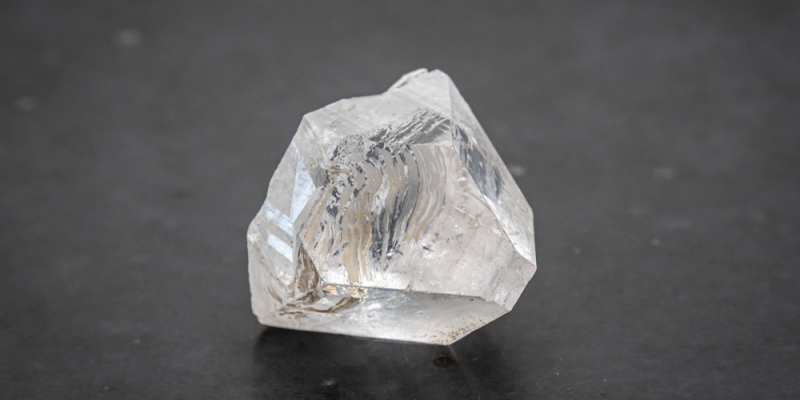
Can Diamonds Have Bubbles In Them?
There has been a widespread misconception that diamonds contain air bubbles within their structure, leading some diamond producers to adopt unusual practices as part of their risk management strategy. Some have even resorted to drilling release holes out of fear that trapped air may cause the diamond to explode during the polishing process.
However, as we mentioned earlier, the extreme temperatures and pressures during the diamond formation process make it impossible for any gas to be trapped inside a diamond. What may appear as an air bubble is actually the inclusion of other minerals within the diamond.
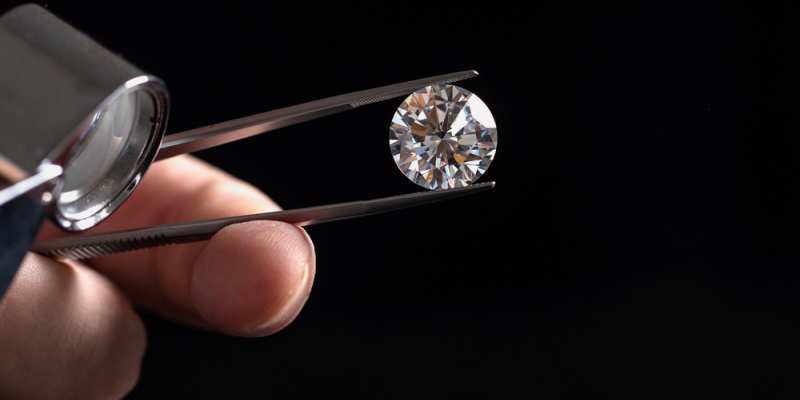
What Are Diamond Inclusions?
A flawless diamond consists of carbon arranged in a crystal lattice and is primarily free from other minerals. However, inclusions are naturally occurring features that can be found within a diamond.
It is quite common to come across potential impurities in diamonds, including small diamonds or other gem crystals like garnet or sapphire that are included within a larger diamond. Various minerals and elements can also be present as inclusions.
Disruptions within the carbon lattice, such as feathers, graining, and twinning wisps, are also considered inclusions. These features are classified as inclusions if they are visible to a professional using 10x magnification.
While certain features like chips and naturals are not technically considered inclusions, it is important to understand them. These features are typically categorized as blemishes because they are superficial and not internal to the diamond.
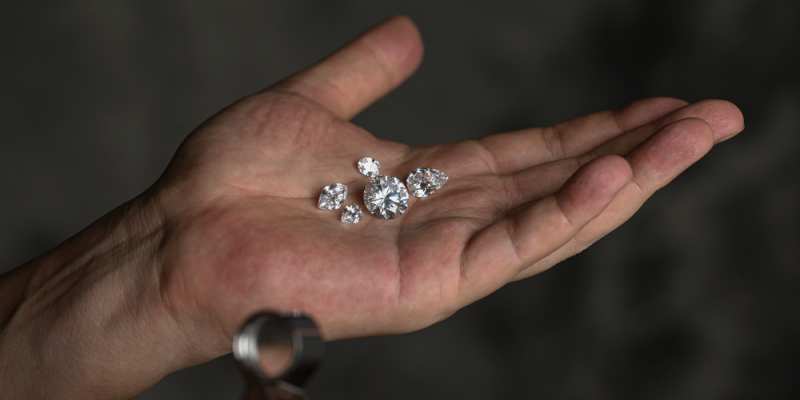
The Most Common Diamond Inclusions
Crystals, feathers, clouds, pinpoints, and graining are among the most common inclusions that can be observed in a genuine diamond. In fact, many diamonds contain a combination of these features.
It’s important to note that there is no inherent flaw or problem associated with any specific type of inclusion. The significance of inclusions lies in how they affect the beauty and durability of the diamond.
In higher clarity grades, the inclusions are so tiny that they are challenging to detect even under magnification. The specific type of inclusion becomes less important in these grades, and they have no visible impact on the diamond’s beauty, durability, and performance.
However, in lower clarity grades, distinctions become more crucial. Grades like VS2 and SI1 are unlikely to have a significant negative impact, but a thorough examination of the laboratory report and inspection by a professional is necessary to assess any potential issues.
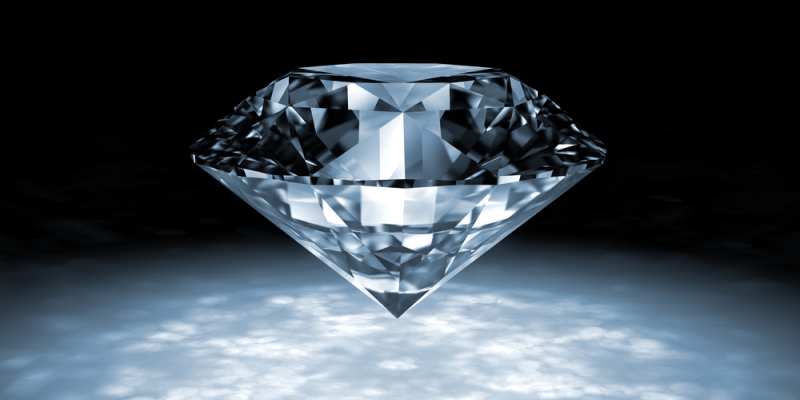
Surface-Breaking Inclusions
Feathers, naturals, knots, cleavages, and chips are examples of inclusions that can be visible on the surface of a diamond. However, it’s important to note that inclusions and blemishes typically do not pose a significant problem in the majority of cases.
Diamonds undergo a journey from deep within the Earth’s surface through volcanic eruptions and endure immense pressure and heat during the cutting process. This highlights the exceptional durability of gem-quality diamonds, allowing them to withstand regular wear when used in jewelry.
While diamonds are highly durable, it’s worth mentioning that a surface-breaking inclusion can potentially increase the risk of durability issues in some cases. However, it is unlikely for a diamond to crack or break during normal wear. The most common occurrence of diamond damage is during the setting process when the jeweler applies pressure to securely set the diamond in the jewelry piece.
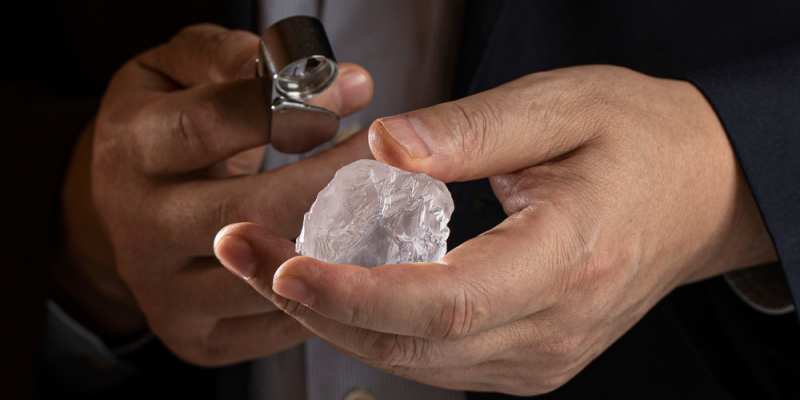
Diamonds With Points Require Special Attention
Well-cut round brilliant diamonds are known for their exceptional durability. In general, surface-breaking inclusions are not a significant concern with well-cut round brilliant diamonds. However, there are certain factors that can affect durability, particularly with diamonds that have points or very thin girdles.
Diamonds that have been cut to a thin edge or a point can be more susceptible to damage from impacts. Inclusions such as feathers, naturals, or chips located in vulnerable areas can raise concerns about durability.
It’s important to carefully inspect the gemstone plot, especially when a feather runs across a point on shapes like pear or princess cuts, as this can pose an elevated risk.
The primary risk for these diamonds occurs during the setting process when the jeweler applies pressure to secure the gemstone. Our recommendation is to purchase such a diamond from a reputable jewelry store that also takes responsibility for setting the diamond, ensuring proper handling and setting techniques.
Additionally, it’s worth noting that round diamonds have a point at the bottom, known as a culet, which can be prone to damage when handling the loose gemstone. However, during the setting process, no pressure is applied to the culet. Once set, the culet is protected from wear and tear, so a feather near the culet does not typically pose durability concerns.
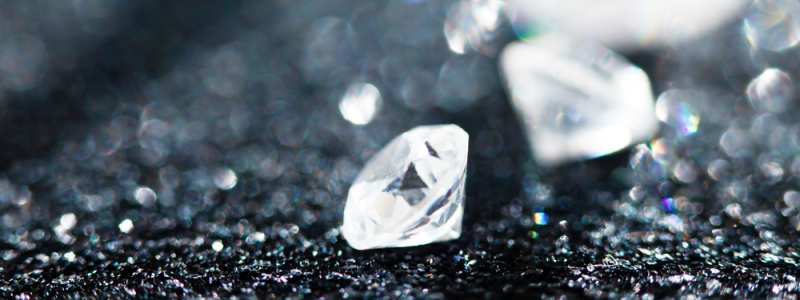
Inclusions Vs. Blemishes
Inclusions are characteristics found within the diamond, while blemishes are surface features. On a grading report, inclusions are indicated in red, while blemishes are marked in green.
Examples of blemishes include scratches, chips, nicks, bruises, abrasions, polishing marks, and naturals. Typically, blemishes have minimal impact on the diamond’s beauty and performance unless they are unusually numerous or large.
Now, let’s discuss naturals. A natural refers to a feature on the surface of a diamond that occurs when the cutter intentionally leaves a small part of the original raw diamond crystal in the finished stone. This technique is employed to retain the carat weight that would otherwise be lost. Naturals are usually small and confined to the girdle area, although their size can vary depending on the cutter’s approach.
Naturals are generally considered blemishes. However, if a natural is noticeably indented, it falls into the category of internal inclusions.

Concrete And Transparent Inclusions
Diamond inclusions can be categorized into two types: concrete and amorphous. Concrete inclusions have a distinct shape and are often opaque, while amorphous inclusions, such as clouds, graining, and twinning wisps, lack a defined shape and are typically transparent.
When it comes to buyer preferences, many individuals tend to favor transparent inclusions over concrete ones. The transparency of these inclusions allows for better visibility through the diamond, which is often considered more desirable by buyers.
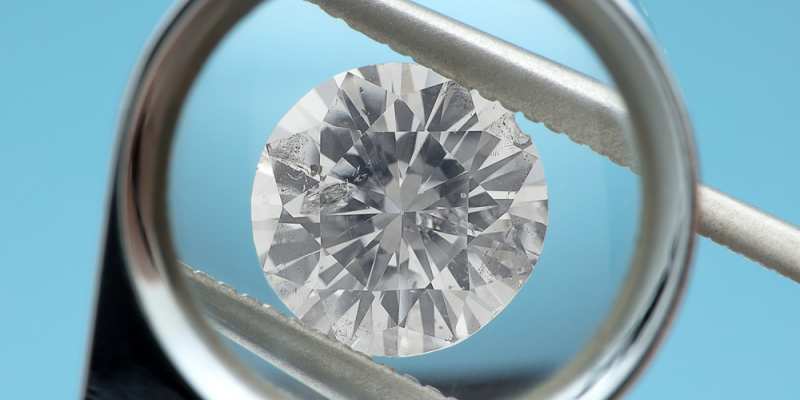
Diamond Grading Reports
Diamond grading reports from reputable labs like GIA or AGS offer valuable information about a diamond’s authenticity, as well as qualitative analysis of its appearance and performance. However, it’s important to acknowledge that these reports have their limitations.
While a grading report provides a wealth of data, it’s still crucial to physically examine the diamond and seek expert advice to complement the information contained in the report.
The inclusions listed on the diamond’s plot are arranged in order of their impact on the clarity grade, with the grade-setting inclusion listed first and less significant features listed last.
Additionally, it’s worth paying attention to the comments section of the grading report. This section provides additional details about the diamond that may not be covered elsewhere in the report. For example, if the diamond has an inscription, the comments section will include relevant information about the inscription.
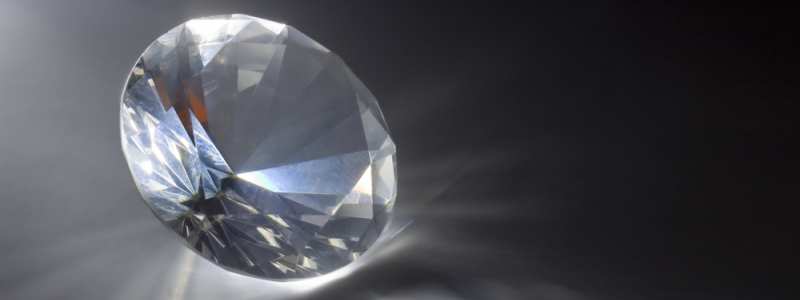
Eye-Clean Diamonds
The term “eye clean” is commonly used when discussing diamond inclusions and holds different meanings for different individuals. In essence, an eye-clean diamond refers to a diamond that appears free from visible inclusions.
While it is generally agreed upon that a diamond can have inclusions, the presence of an obvious and easily noticeable inclusion may deter many buyers.
However, the concept of eye cleanliness does involve some subjectivity. For instance, an inclusion may be visible with some effort and from a specific angle. Would such a finding be a deal-breaker for you, or are you primarily concerned with ensuring that any flaws are not immediately obvious upon first glance?
People have varying levels of tolerance when it comes to inclusions. Therefore, buyers should have a clear understanding of their preferences and establish effective communication with vendors to avoid any potential disappointment.
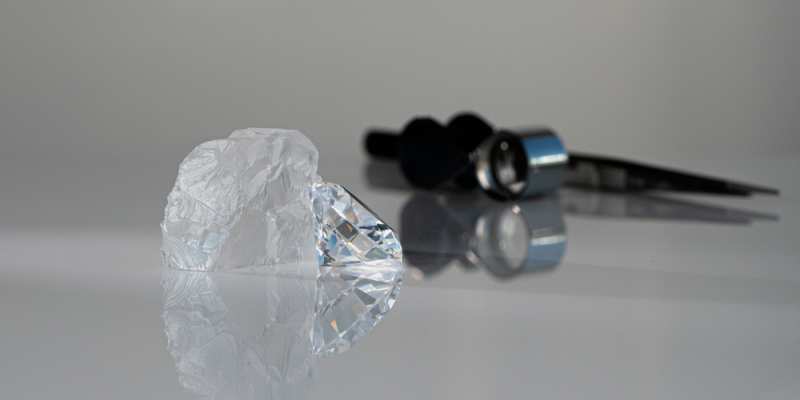
Light Performance And Clarity Characteristics
Inclusions in diamonds can have a subtle impact on their transparency, which is often overlooked by untrained observers. While diamonds are generally considered transparent, some may exhibit a slight haziness that affects their overall brilliance. Even if a diamond is eye-clean and well-cut, it may not achieve peak brilliance if it has transparency issues.
It is important to be aware of the signs that indicate potential transparency problems and know what to look for. Although lab reports do not directly grade transparency, certain elements in the report can provide clues. This issue is more commonly observed in diamonds with clarity grades of Si and below, but it can occasionally be a concern for borderline VS2 stones. The comments section of a lab report may include a statement such as “Clarity grade is based on cloud not shown,” which serves as a significant indicator of transparency issues. Such diamonds may appear clean to the naked eye and even under magnification, making it challenging for untrained observers to detect their inclusions.
This is particularly true for diamonds with plots that show no visible markings. The presence of clouds throughout the diamond can result in a slightly hazy appearance due to light scattering. Therefore, evaluating transparency becomes crucial, as it significantly impacts the overall visual quality of a diamond.

Reflectors
A fascinating type of inclusion that can be quite unique is called a reflector. This particular inclusion is positioned in a way that creates a mirrored effect within the diamond, giving the appearance of multiple inclusions.
For instance, a diamond may have a small black crystal, but due to the presence of a reflector, it can give the impression that the diamond is filled with numerous crystals. When examining advanced diamond images, the reflector can make the diamond seem visually cluttered, even though the diamond itself may actually be eye-clean.
Another type of reflector is the reflection of a laser inscription rather than an actual inclusion. Laser inscriptions are etched onto the diamond’s girdle, leaving behind vaporized carbon in the process. In some cases, the inscription can reflect back to the viewer’s eye. While this is typically not a problem, there are instances where it may produce an unwanted visual effect.
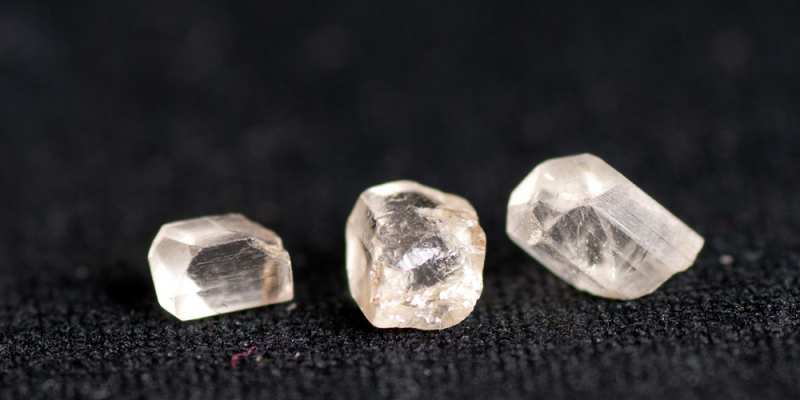
Less Common Diamond Inclusions
There are several less common diamond inclusions worth mentioning that haven’t been discussed earlier. These include cavities, etched channels, knots, and laser drill holes.
Cavities are surface holes in the diamond that appear as if they have been scooped out. They are often associated with knots, which are crystals that reach the diamond’s surface. In some cases, knots can become dislodged, leaving behind a visible cavity.
An etched channel is a linear cavity formed through a chemical process during diamond formation. When these channels are small, they are typically not considered problematic, similar to cavities. However, depending on their size and location, etched channels can occasionally pose a durability risk.
Laser drilling involves creating a tiny tunnel in the diamond using a laser beam. The purpose of this process is to target specific inclusions and introduce acid under pressure to remove them. Although laser drilling does not improve the clarity grade, it can make certain inclusions less noticeable.
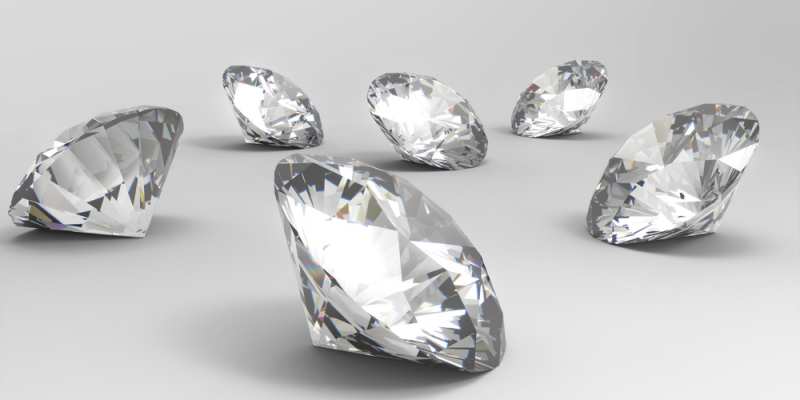
Bottom Line
Diamonds cannot have air bubbles because the intense temperature and pressure during their formation prevent the presence of any gas inside the diamond. What may appear as a bubble is actually an inclusion of other minerals. Inclusions encompass various substances within the diamond, including other gem crystals like sapphire or garnet, as well as structural irregularities like feathers or graining.


